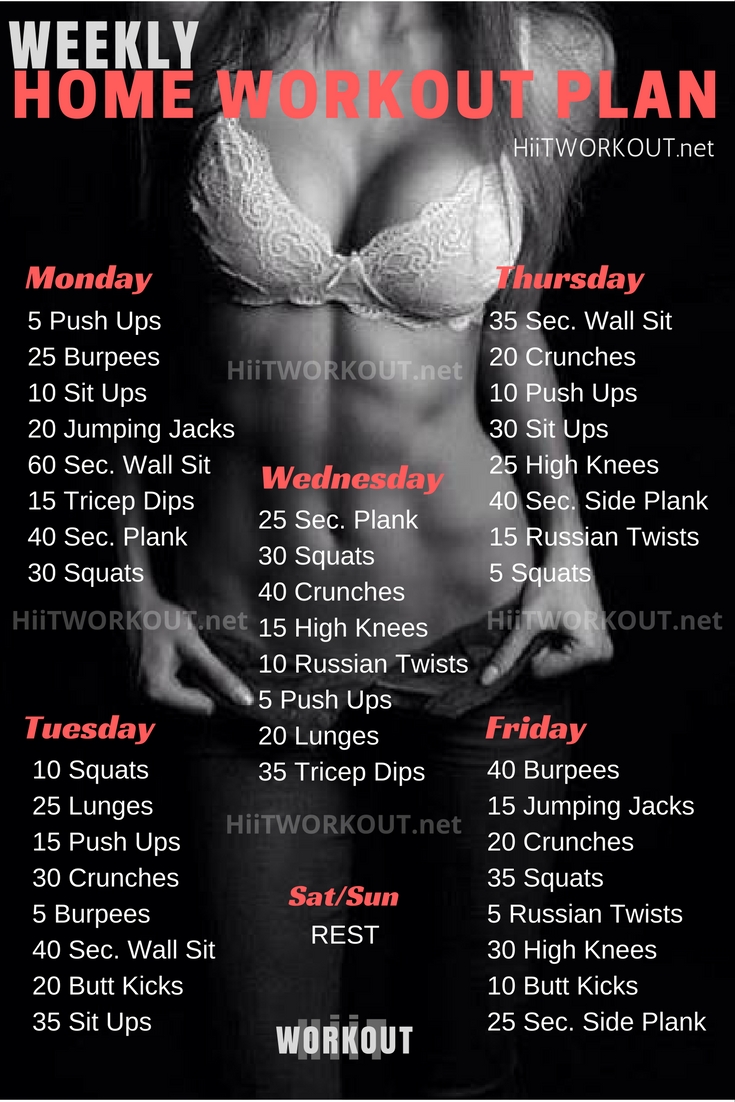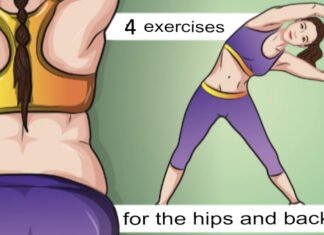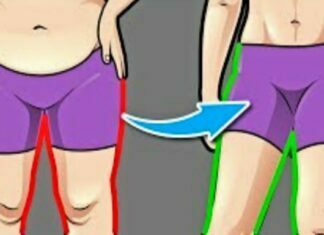One of the best ways to achieve your fitness goals is by creating a weekly workout plan. A well-designed workout plan can help you stay consistent, motivated, and on track towards reaching your fitness goals.
In this article, we’ll discuss the importance of having a weekly workout plan and provide tips on how to create an effective one.
Why Is a Weekly Workout Plan Important?
Having a weekly workout plan is crucial for several reasons:
Consistency is Key
Consistency is key when it comes to achieving your fitness goals. By having a weekly workout plan, you can ensure that you are consistently working towards your goals. It also helps you establish a routine and make exercise a regular part of your life.
Avoid Plateaus
Without a structured workout plan, it’s easy to fall into a routine and hit a plateau. A weekly workout plan allows you to mix up your workouts and challenge your body in different ways, preventing plateaus and keeping your progress on track.
Stay Motivated
Having a plan in place can help you stay motivated and accountable. When you have a set schedule and specific goals to work towards, it can be easier to stay motivated and push through any challenges or setbacks.
How to Create an Effective Weekly Workout Plan
Now that we understand the importance of having a weekly workout plan, let’s dive into how to create an effective one.
Set Realistic Goals
Before creating your workout plan, it’s essential to set realistic goals. Your goals should be specific, measurable, achievable, relevant, and time-bound (SMART). For example, instead of saying “I want to lose weight,” a SMART goal would be “I want to lose 10 pounds in 3 months by working out 4 times a week and following a healthy diet.”
Setting realistic goals will help you stay motivated and focused on what you want to achieve.
Choose Your Workout Days
Decide which days of the week you will dedicate to working out. It’s recommended to have at least one rest day in between workout days to allow your body to recover. For example, you could choose to work out on Mondays, Wednesdays, Fridays, and Sundays, with rest days on Tuesdays, Thursdays, and Saturdays.
Mix Up Your Workouts
To avoid plateaus and keep your workouts interesting, it’s essential to mix up your exercises. Incorporate a variety of cardio, strength training, and flexibility exercises into your weekly workout plan. You can also try different types of workouts, such as HIIT, yoga, or cycling, to keep things exciting.
Consider Your Schedule
When creating your weekly workout plan, consider your schedule and any potential conflicts. If you know you have a busy day coming up, plan for a shorter workout or a rest day. It’s also helpful to have a backup plan in case something unexpected comes up.
Listen to Your Body
It’s essential to listen to your body and make adjustments to your workout plan as needed. If you’re feeling fatigued or experiencing pain, it’s okay to take a rest day or modify your workout. Pushing through pain or exhaustion can lead to injury and hinder your progress.
Be Flexible
While having a structured workout plan is essential, it’s also important to be flexible. Life happens, and sometimes things come up that may prevent you from sticking to your plan. If this happens, don’t beat yourself up. Instead, make adjustments and continue working towards your goals.
Sample Weekly Workout Plan At Home
Here is a sample weekly workout plan that incorporates a variety of exercises and allows for flexibility:
How much water should I drink during an aerobic workout?
If you do not drink enough, you will lose performance during your workout and can damage your health. Muscle is 80% water, so if you don’t drink enough fluids, you reduce your chances of building muscle.
In addition, you lose about one liter of water per hour in the form of sweat during intense exercise. You should replace this loss at least 1:1. Without sufficient water, your body cannot sweat and will overheat. You can determine exactly how much sweat you produce by weighing yourself before and after exercise. The difference is your water loss. So that you don’t have to interrupt your workout, you can start drinking about an hour before you start exercising. Fluid intake should always be water or detox water.
Final Thoughts
Creating a weekly workout plan is an essential step towards achieving your fitness goals. By setting realistic goals, mixing up your workouts, and listening to your body, you can create an effective plan that will keep you motivated and on track. Remember to be flexible and make adjustments as needed, and most importantly, have fun and enjoy the journey towards a healthier you.






